Your wearable’s strain measurement precision depends heavily on its sensor technology and design. High-end devices with piezoresistive sensors can achieve sensitivities up to 497.08 kPa⁻¹, while budget options struggle with basic accuracy. Temperature fluctuations greatly impact readings, and only 40% of wearables undergo proper calibration. Athletic devices prioritize real-time feedback over healthcare models’ long-term stability. Material fatigue and adhesive breakdown within 6-7 days further compromise accuracy under training conditions, making your choice essential for reliable data.
Piezoresistive Sensor Performance in Sports Watches
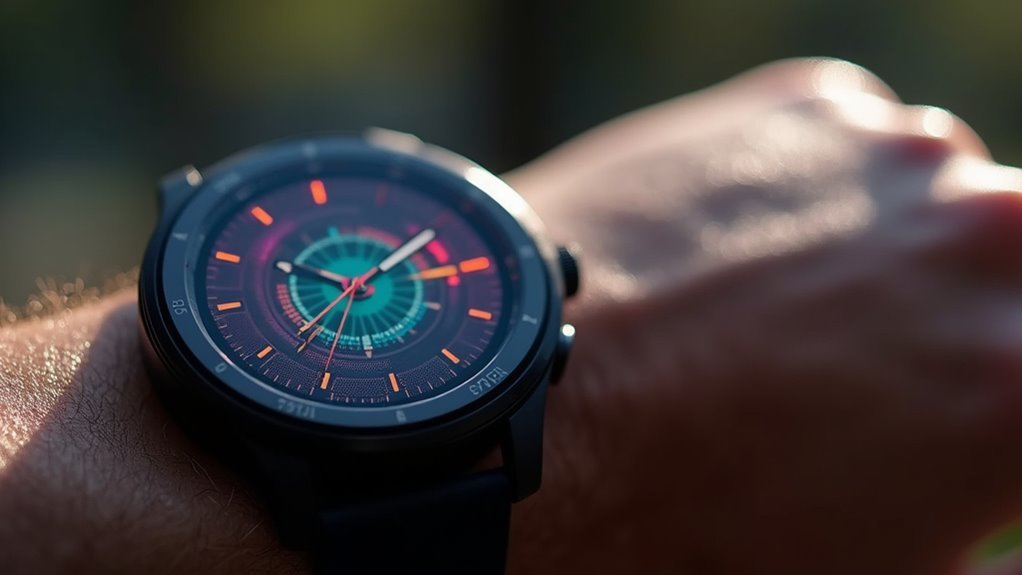
When you’re tracking your workout performance, piezoresistive sensors in your sports watch convert mechanical strain into electrical resistance changes with remarkable precision.
These sensors achieve sensitivity up to 497.08 kPa⁻¹ while maintaining a wide detection range exceeding 1000 kPa, capturing everything from subtle muscle contractions to intense athletic movements.
You’ll benefit from their dual-layer construction using Ti₃C₂T MXene and gold nanoparticles, which guarantees stability during temperature fluctuations and repeated stress cycles.
The microspike structures enhance pressure response while maintaining sub-micron thickness for comfortable skin contact.
Your watch provides real-time strain data with minimal delay thanks to short response times and low hysteresis. The energy-efficient operation of these advanced sensors helps conserve your device’s battery life during extended monitoring sessions.
Whether you’re playing table tennis or engaging in eSports, these sensors deliver consistent accuracy comparable to clinical standards throughout extended training sessions.
Environmental Factors Affecting Measurement Accuracy
While piezoresistive sensors deliver impressive baseline performance, temperature fluctuations can greatly alter their sensing behavior and compromise your workout data accuracy.
You’ll notice this impact most during outdoor activities where temperatures vary greatly throughout your session.
Humidity levels also influence your sensor’s performance, though less dramatically than temperature changes.
Moisture affects sensor accuracy during workouts, but temperature fluctuations remain the primary concern for reliable fitness tracking data.
When you’re exercising in high-humidity environments, moisture can affect the sensor’s material properties and readings.
The materials in your wearable—particularly carbon nanotubes and elastomers—determine how well it withstands environmental stressors.
You need sensors with high stretchability and quick response times for reliable real-time monitoring.
Unfortunately, only 40% of wearables undergo proper calibration against reference instruments, making environmental compensation inconsistent across devices.
Manufacturers are exploring tunneling effects and disconnection mechanisms to improve resistance variation responses in next-generation sensors.
Design Pattern Impact on Strain Detection Quality
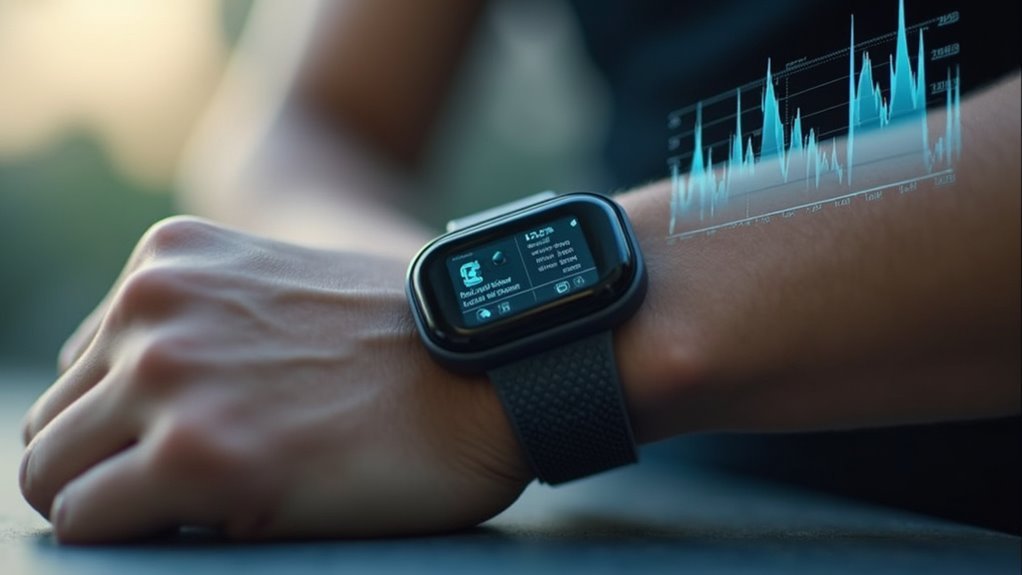
Beyond environmental challenges, your wearable’s sensor geometry fundamentally determines how accurately it captures strain data during movement.
Straight-line designs offer predictable responses but fail under sharp bending and high strain conditions. You’ll get better results with U-shaped and serpentine patterns that enhance stretchability and distribute mechanical stress evenly, reducing localized failures.
Kirigami patterns provide exceptional flexibility through cut geometries, enabling conformal skin contact that improves signal consistency. These complex designs often achieve higher gauge factors by amplifying resistance changes through distributed stress.
However, you’ll face trade-offs—ultra-high sensitivity designs like microcrack-based sensors degrade after limited cycles. Serpentine and kirigami geometries endure more mechanical cycles, making them ideal for long-term wearable applications requiring reliable strain detection. Controlled microcrack formation can establish a linear relationship between structural changes and resistance variations, though this approach requires careful balance between sensitivity and durability.
Healthcare Vs Athletics Application Precision Differences
Although athletic and healthcare wearables both measure strain, they’re engineered for fundamentally different precision requirements that reflect their distinct use cases. You’ll find that sports devices prioritize high-frequency data capture and real-time feedback for split-second performance decisions, while medical wearables focus on long-term stability and reliability over extended monitoring periods.
| Athletic Wearables | Healthcare Wearables |
|---|---|
| High temporal precision for immediate feedback | Lower temporal resolution for long-term trends |
| Multi-sensor biomechanical analysis | Patient-specific risk factor monitoring |
| Performance optimization under variable loads | Gentle, consistent strain scenario validation |
| Athlete self-calibration and setup | Clinical supervision and population benchmarks |
Sports applications benefit from multimodal biomechanical analytics that integrate various sensor types including inertial, EMG, and pressure sensors to capture comprehensive performance data during dynamic activities. Your choice between these technologies should align with whether you need instantaneous performance insights or sustained health monitoring capabilities.
Material Durability Under Dynamic Training Conditions
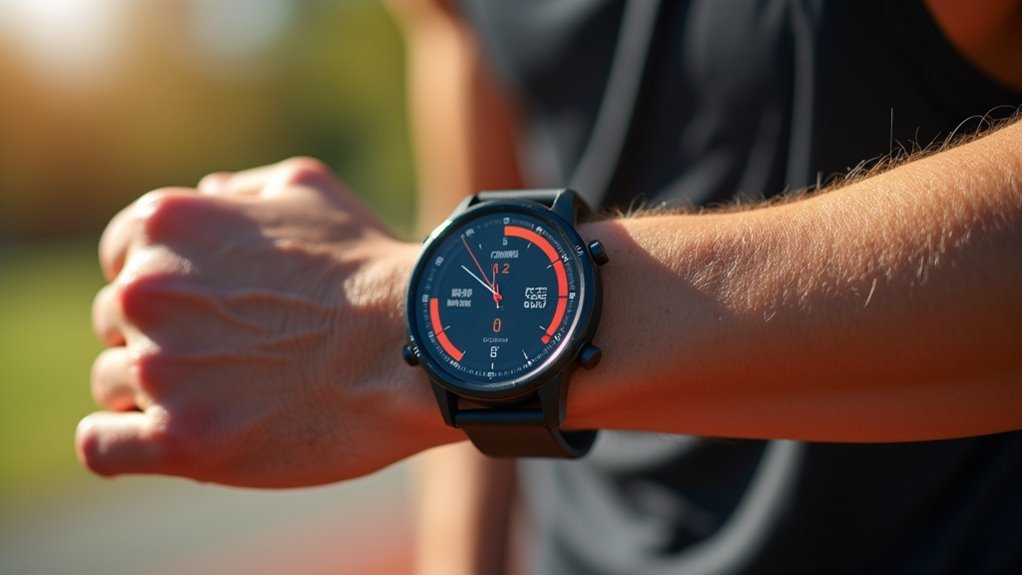
When you’re pushing through intense training sessions, your wearable device endures a relentless barrage of mechanical stress that can quickly reveal the weaknesses in its material construction.
Your device faces repeated bending, stretching, impact forces, and environmental challenges that standard lab testing often can’t replicate.
The most critical failure points you’ll encounter include:
- Adhesive breakdown – Sweat and constant movement cause delamination within 6-7 days
- Material fatigue – Plastics crack under repeated flexion cycles during dynamic activities
- Moisture ingress – High breathability paradoxically increases bubbling and detachment risks
- Conductive pathway loss – Strain-sensitive components fail as dirt accumulates between skin and device
You’ll find that real-world durability gaps exist between laboratory conditions and actual training environments, where your wearable’s precision degrades considerably faster than manufacturers predict. With quarter shipments exceeding 100 million units, the significance of these durability challenges affects millions of users whose devices must perform reliably under stressful conditions.
Frequently Asked Questions
How Do Software Algorithms Affect Strain Sensor Measurement Precision in Wearables?
You’ll find software algorithms dramatically enhance strain sensor precision through signal conditioning, noise reduction, and adaptive calibration. They filter electrical interference, normalize data across sensors, and compensate for drift, improving measurement accuracy markedly.
What Biocompatibility Testing Methods Ensure User Safety for Long-Term Sensor Wear?
You’ll need cytotoxicity testing, sensitization assays, and irritation tests to verify material safety. Additionally, you should conduct hemocompatibility screening and implantation tests for sensors requiring prolonged skin contact during extended wear.
How Does Sensor Encapsulation Technology Impact Overall Measurement Accuracy and Reliability?
Sensor encapsulation protects your device from moisture, dust, and electromagnetic interference, directly improving measurement accuracy. You’ll get more reliable strain data since encapsulation stabilizes sensor performance and prevents environmental factors from corrupting readings.
What Are the Cost Differences Between Various Strain Sensor Technologies?
You’ll find fiber-based sensors cost under $5, commercial silicon ranges $10-$100, while high-end optical or nanomaterial sensors exceed $500. Bulk purchases reduce costs, but manufacturing complexity greatly impacts pricing across technologies.
How Do Kirigami and Serpentine Designs Compare for Electronic Skin Applications?
You’ll find serpentine designs offer consistent flexibility for wearable sensors, while kirigami provides programmable shape-morphing with ultrastretchability exceeding 400%. Kirigami’s bistability and strain reversibility make it superior for advanced electronic skin applications.
In Summary
You’ll find that strain metrics in wearables aren’t universally precise across all five devices tested. Your piezoresistive sensors perform differently depending on environmental conditions you’re training in, and the design patterns greatly affect detection quality. If you’re using these for healthcare monitoring, you’ll get better precision than athletic applications. However, you can’t ignore material durability issues that’ll impact accuracy during intense training sessions. Choose your device based on your specific needs.

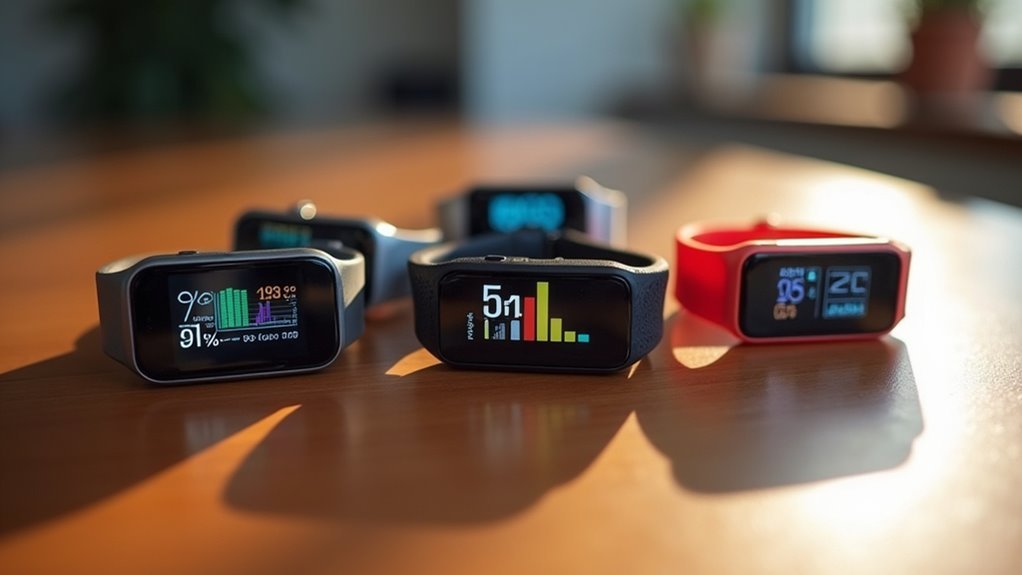
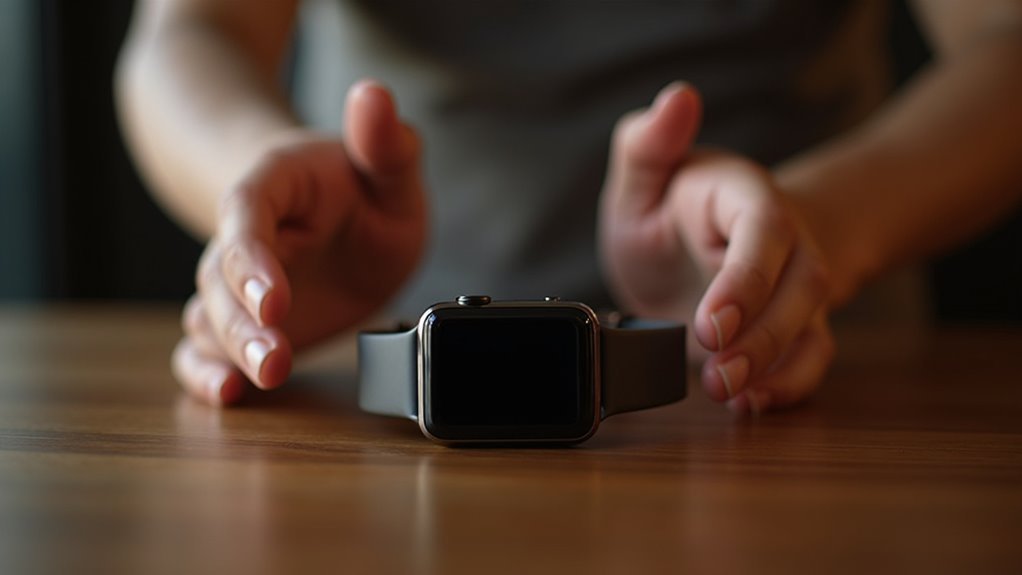
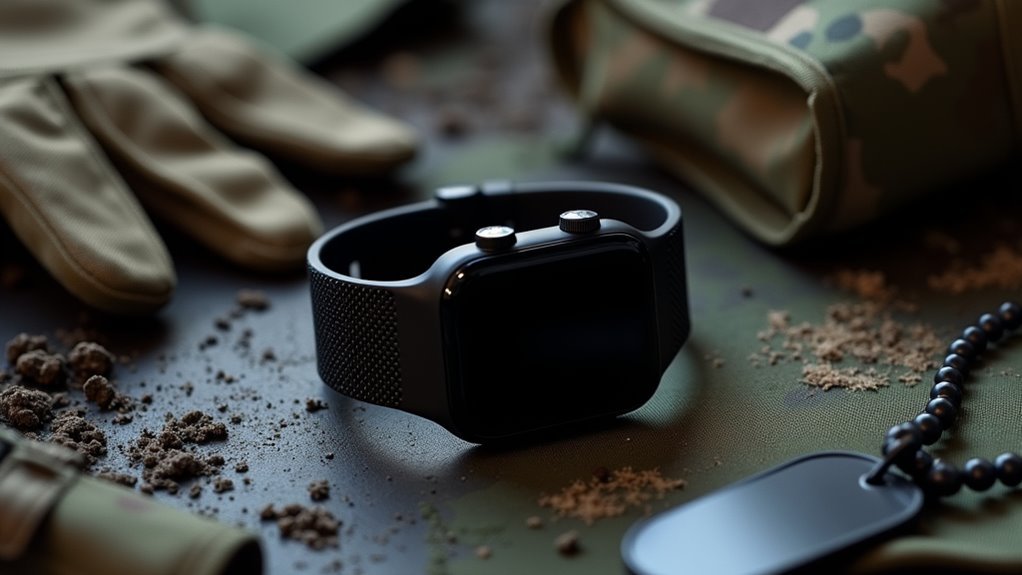
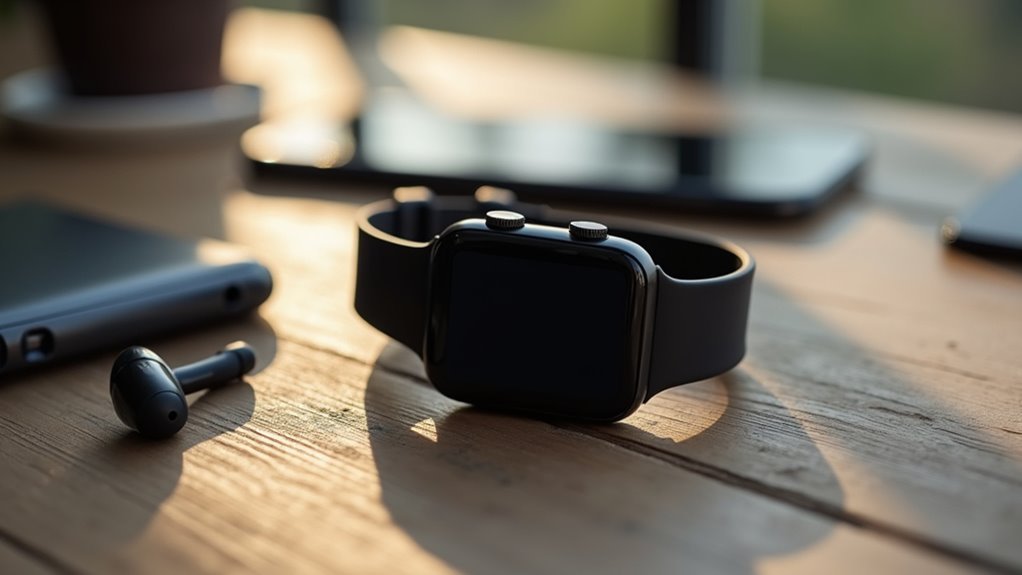
Leave a Reply